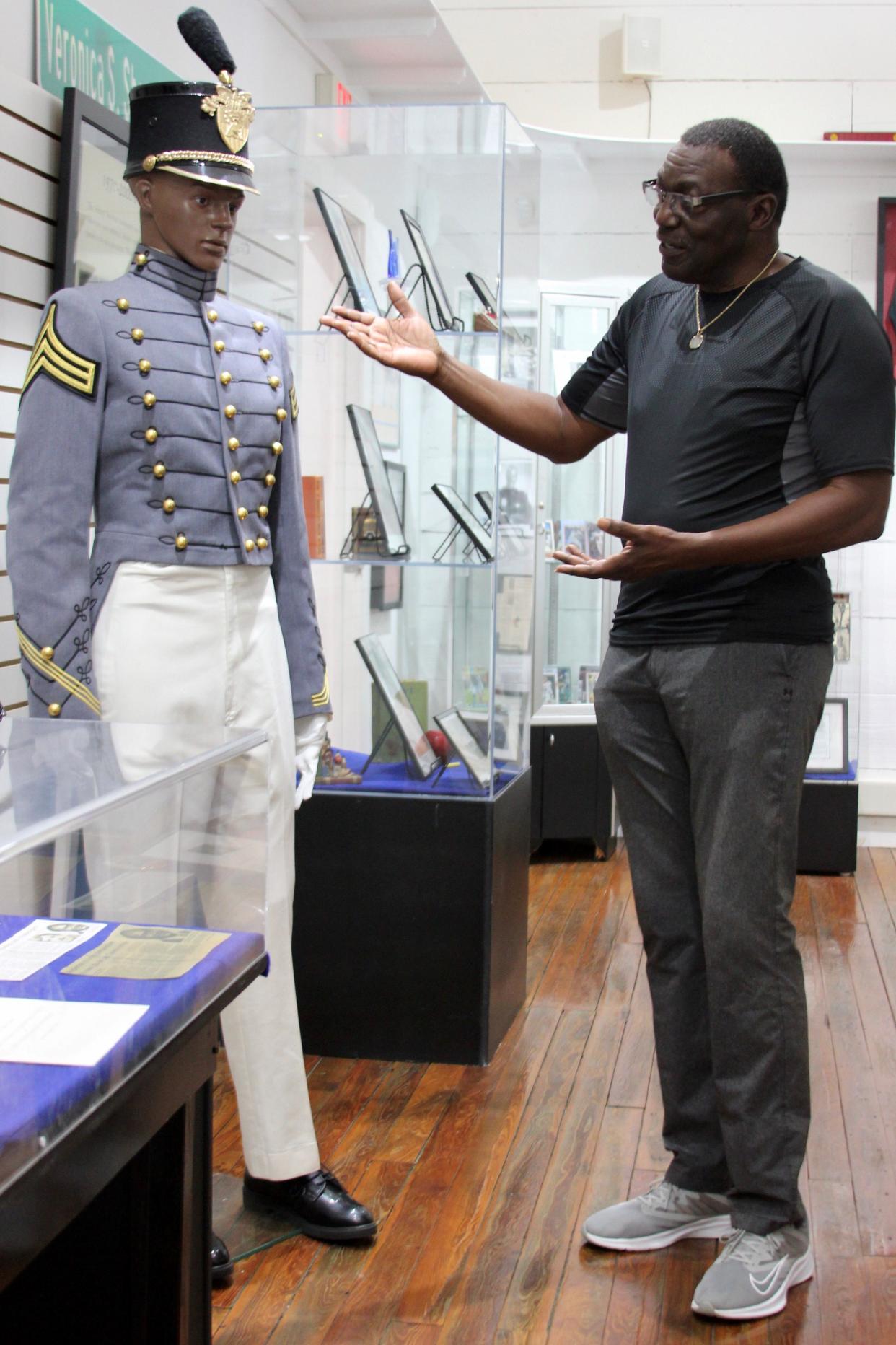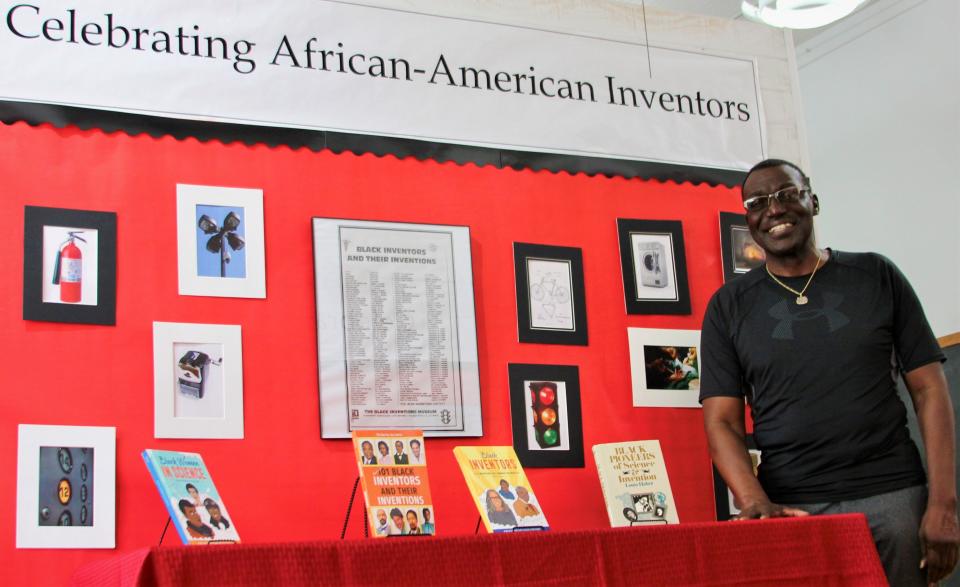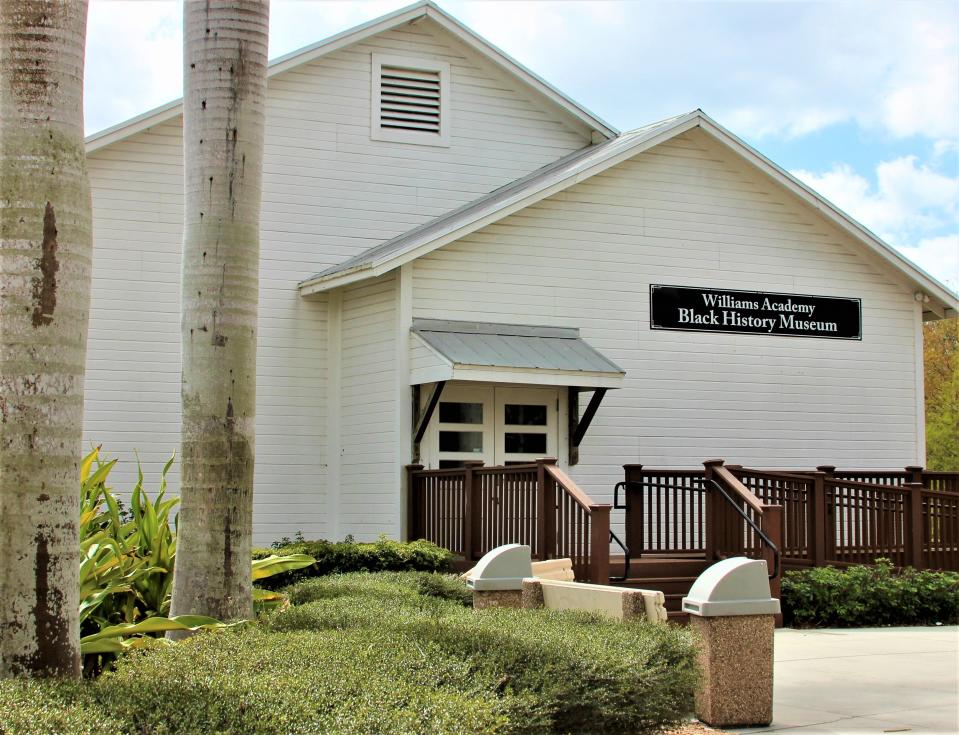Williams Academy Black History Museum remains a community staple in Dunbar community

The Williams Academy Black History Museum, a staple in the Dunbar community, highlights the accomplishments of historical figures that called Fort Myers home.
“The Williams Academy Black History Museum opened in January 2001,” said Charles Barnes, chairman of the Lee County Black History Society. “The building was an old schoolhouse built in 1912. It was actually the first government building funded to educate Black kids in Lee County. In 1995 the building was slated to be demolished by the Lee County School district.”
Barnes said Janice Cass, founder of the Lee County Black History Society, contacted the Lee County Superintendent and asked for the building.

“Janice explained to the superintendent the history of the building and what it represented to the community,” said Barnes. “He didn’t know the history. So he said "no problem.”
In February 1995 Lee County Black History Society with help from the community raised $15,000 to move the Williams Academy building to Roberto Clemente Park at 3265 Dr Martin Luther King Jr Blvd. Next the organization with the help of the city and county planning board a Historic Preservation grant from the Florida Department of State helped restore the building.
Located at 1936 Henderson Ave., within Roberto Clemente Park, the museum is divided into two rooms. One is dedicated to historical memorabilia of local Black residents, the history and culture of the Black community. The other room is an interactive classroom staged as a 1940’s segregated classroom for Black students.
The museum is open Wednesday through Friday 11 a.m. to 4 p.m. and Saturday by appointment only.
Barnes said museum goers will learn about notable figures such as Nelson Tillis.
“They will learn about the first Black family that settled here which were the Tillers,” said Barnes. “Nelson Tillers arrived here in Fort Myers in 1867. Surprisingly he was married to a white woman whose name was Ellen. They had 11 kids. So you can imagine what a mixed couple endured moving to a very segregated place like Lee County. We actually found Ellen’s burial site about four years ago. We were looking for it in the white cemeteries’. She’s the only white woman buried with us.”

In case you missed it:In honor of Black History Month, here’s a list of events happening in SWFL
And:Fort Myers Housing Authority moves forward with affordable housing initiative in Dunbar
More:Gem Next Door: SWFL entrepreneur's desire to give back shaped her entrepreneurship journey
Barnes said visitors will also learn how Fort Myers had a role during the Civil War.
“Fort Myers was a fort during the Civil War,” said Barnes. “Back then it was a battalion of Black soldiers who actually saved it. It wasn’t a strategic spot as far as the war was concerned. Fort Myers was known for cattle. The Confederate soldiers were being starved out during the battle. So they wanted the cattle. The battle lasted about two days. It was a Black regiment that saved and maintained it.”
Barnes said following Ron Desantis, Florida Governor announcing plans to ban educators from teaching African American History in the classrooms he’s received several calls from people in the community that are displeased.
“When folks go down paths like this they strengthen the conversation,” said Barnes. “In this day and age for someone to think they can rewrite history. You can’t rewrite history. It’s a wasted battle. There’s no way to talk about history without including the accomplishments of African Americans. There’s no way to do that. You have to tell the true story. There are parts of history that are ugly. But it’s still part of history. We don't dwell on it because if we dwell on it we wouldn’t be what we are today. We have survived it.”
Avery Harrison, a volunteer with the Lee County Black History Society, signed up to help spread the word about the museum.
“I wanted to learn more about the Black History in Lee County," said Harrison. "There are people in the area that don’t know about the museum which was surprising to me. I’m trying to help change the reach within the community. I help out with social media, photography and event planning."
Erica Van Buren is the underserved communities reporter for The News-Press and Naples Daily News, part of the USA TODAY Network. Connect with her at EVanBuren@gannett.com or on Twitter: @EricaVanBuren32
This article originally appeared on Fort Myers News-Press: SWFL Black History Museum remains a community staple in Dunbar

